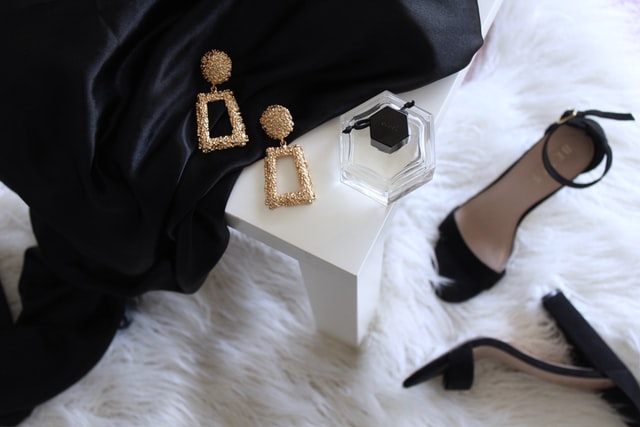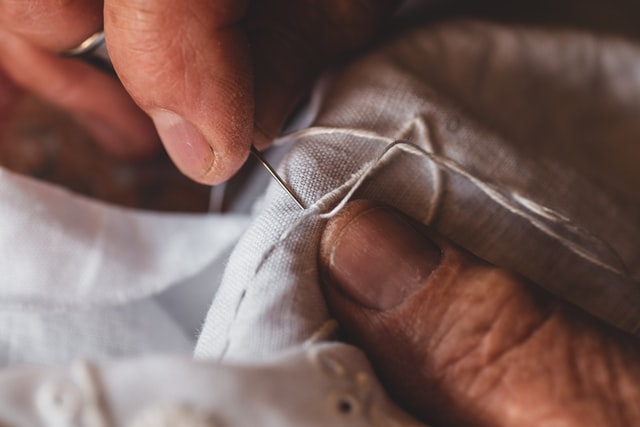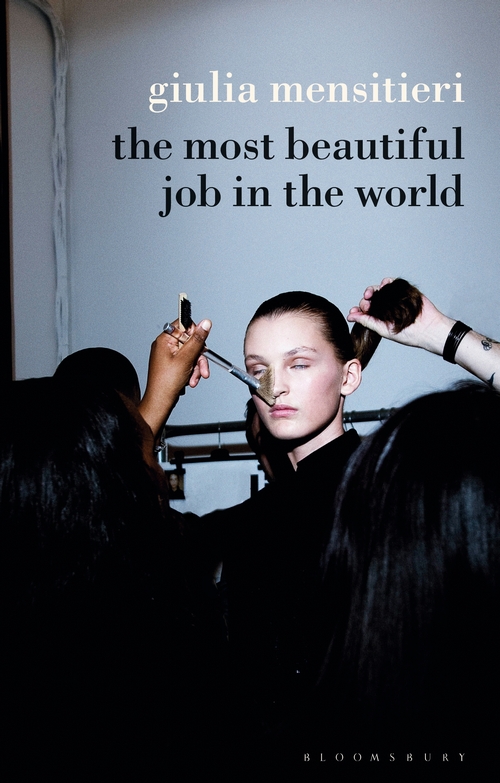Book Title (French language edition): Le Plus Beau Métier du Monde
Book Title (English language edition): The Most Beautiful Job in the World
Author: Giulia Mensitieri
ISBN (French language Edition): 9782707195401
ISBN (English language Edition): 9781350110137
As we head into summer 2020, the English language edition of of Giulia Mensitieri’s striking portrait of what it means to work for and in international luxury fashion houses is about to be released. I take this opportunity to review the original French language edition released in 2018.
Let’s put the conclusion at the beginning: This book is a must read, for those that intend to ‘go into luxury’, fashion, or any other creative industry. But also for all those that are of the opinion that the ‘Gig Economy’ only came into being with companies like Uber, AirBnb, Just Eat and the like. In fact, luxury – and linked to it – the creative arts have been pioneering the Gig Business Model for many decades already.
Luxury and the creative arts are indeed the Original Gig Economies, long before tech gave the concept a fresh and much reinvigorated lease of life for the 21st century. Because both, luxury and its twin the creative arts, have for a long time been relying on an ad-hoc workforce, more often than not put to work without contract, with no pay in return than repeatedly broken promises. Promises of opportunities ‘in the future’ that never realised.
Listen to the
interview with Giulia Mensitieri
by
‘Statements on Fashion:
A critical fashion podcast.’
Painting the Colours of a creative gig industry
The author takes us through the experiences and insights gained, observations made and interviews held, over the course of four years of ethnographic study of the Parisian ‘luxury’ labour market. A labour market that pivots around the needs, preferences and ethics of the ‘Maison’: the many luxury fashion houses and brand conglomerates we all are only too familiar with.
It looks particularly at the working conditions of young creatives, who, for example, are paid in vouchers or clothes, rather than receiving a proper salary. Or how the prestige of working for certain companies or designers results in that it is seen as acceptable for workers not to be paid sufficiently and for companies to escape usual basic regulation.
The insights presented in the book are based on original material collected originally for the purpose of the author’s PhD thesis. The 50 or so people observed and portrayed include amongst other stylists, models, designers, hairdressers, make-up artists, photographers, lighting specialists, interns, journalists, and sales clerks.
The pictures painted throughout are very real – and precisely because of that, equally scary, hard to believe, and incredible sad.

Characters and Stories
As mentioned above: the book covers the views and experiences of some some 50 or so characters.
There is for example Mia. An Italian stylist in her earlier thirties that had moved to Paris a few years earlier. Dressed from top to toe in high-end brands, she can barely afford her part of the rent and bills of a small one bedroom flat share. The book open with her character, and accompanies her to a number of projects: one shooting for a ‘scene’ magazine in Paris: unpaid but good for the reputation; another one for a commercial magazine: reasonably paid but not conductive for reputation; and yet another one for haute couture in the middle east: barely breaking even counting all in – lucky that most collaborators pay for their own travel and accommodation.
Then there is Marie-Sophie who worked in an atelier as a ‘petite main’, one of the many highly skilled craftswomen and -men that make those intricate decoration on haute-couture robes happen: the embroidery, the paliettes, the decorative stitching. Robes that sell from 30’000 Euros and warrant a 7/80 hours work week result in a meagre 1500 Euro salary pre-tax and without guaranteed contract.
There is Gilbert, law student, earning his money in H&M, but with the big dream to become ‘someone in fashion’. And indeed, he is lucky enough to score, after an extremely selective interview process in three stages, a position as sales floor staff at Lucceto. Only that it was not in a flagship, but store-in-store in a department store to stand at the till for their lower end hand bags. And after the initial three months on a temporary contract, another temporary three-months contract is offered – rather than the tenured long-term version he was promised.
Or there is André, who is doing is compulsory internship to finish is accounting degree. Even though his school only requires one month of internship, and lacking other options, he accepted to three month unpaid. Always the first in the house early in the morning And then one afternoon, having gone out to buy flowers for his girlfriend he had asked out for dinner that night, the office manager of a small Belgian designer atelier, decides that leaving at 6pm is not good enough. He’s fired the very next day. Half a week short of the three months agreed. And without certificate of completion for his internship.
And so go the stories, and after another after another. Indeed, if I had not seen similar situations arising in my time in London, I would think the described scenes vastly exaggerated. But sadly they are not. They could not be closer to reality. And they not represent one off cases, but rather are individual case studies of fairly mainstreamed practices.

Learnings
Exploitation exists at the very heart of the powerfully symbolic and economic centre of the Maisons de couture; the big luxury brands. But it is a different form of exploitation on the creative side. Different from what we usually think of such as sweat shops abroad or sexual harassment of models.
Some of what we get to read in this book is indeed particular to France and its ‘Maison de Couture’ as an excerpt from a guardian article suggests: Professor Angela McRobbie, at Goldsmiths, a specialist in new forms of labour in the creative economy, who teaches feminist theory, gender and popular culture, explains, “French fashion doesn’t have some of the underground roots or edginess that British fashion does. It’s much more corporate and top heavy. Whereas critical theory is taught in fashion schools here or in the States, in France there’s none of that.”
But putting those nuances aside and really looking sharply at the inner workings of creative industries, including Luxury, globally: there is no doubt that Mensitieri’s book shines a the very uncomfortable, indeed very inconvenient light onto reality. A situation that indeed would warrant labour inspectorates and human-rights campaigners to take front seats in addressing those systemic mechanisms and discriminations.
And yet – nothing of that sorts happens. Even in the time between the publication of this book in French in 2018, and its launch in English in summer 2020, the situation is the same.
One reason may be that those affected by these mechanisms cannot afford to raise their voice. And those that would be in position to do so on their behalf – unions, NGOs, governments – prefer to focus elsewhere. Be it overseas, or on industries with less emotional attachment by the end consumer.



